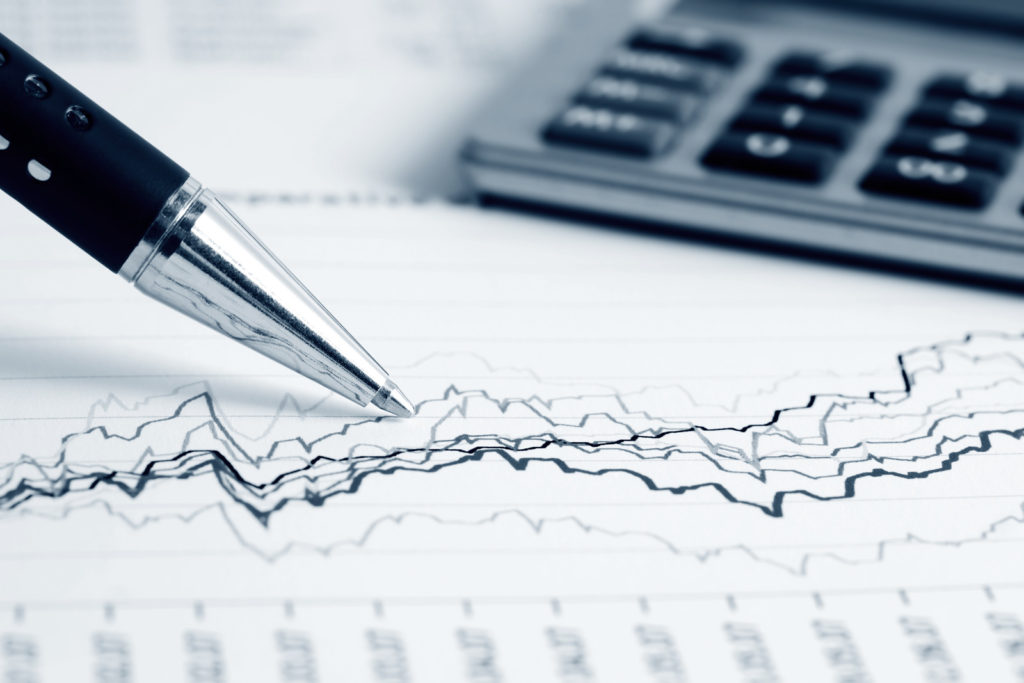Market Recap (September): The inflation fight continues despite recession fears


“There are decades where nothing happens; and there are weeks where decades happen” seems apt for this month and particularly the last couple of weeks. Massive monetary tightening, war, currency interventions, crisis management QE and systemic risk have been some of the market drivers in September. Higher than expected US inflation numbers dashed hopes for a potentially “softer” Federal Reserve. The updated “dot plot” from a hawish FOMC also added to this narrative. Rates are now expected to stay higher for longer and this further underpinned support for the dollar. Stocks slipped back into bear market territory as growth and stagflation concerns remained foremost in investors’ minds. More downside is expected if earnings fundamentals deteriorate.
The greenback enjoyed a stellar month as its peers wilted under the current gloom and rising volatility. We entered a potentially more dangerous phase in the Ukraine conflict as Russia endeavoured to make up for some of its losses suffered. This resulted in safe haven bids in the dollar and the Swiss franc too, which far outperformed other G10 currencies. Recent intervention by various authorities to rein in dollar strength hasn’t yet produced any major reversal.
Gold didn’t enjoy this environment even though it has historically also been a haven and inflation hedge. Real yields, that is those adjusted for inflation, rose sharply. This dented the appeal of non-yielding bullion and saw it sink to the lowest levels since April 2020. A sixth month of losses in a row could continue as we go into the next stage of the rate hiking cycle.
Major events of the month, in numbers
*$155billion APPL: The sell off immediately after the shock US CPI data saw Apple lose nearly $155 billion off its market valuation. This was in the top 10 worst single-day market value losses of all time. Frenzied selling hit nearly every market Stateside, with nearly 2,000 stocks on the NYSE falling in tandem at one point. This type of selling is normally only seen at times of extreme market stress. It kicked off the bearish momentum into month end with nine down days out of eleven and the lowest close of the year.
*145.90 USD/JPY: The Japanese authorities intervened in the yen for the first time in over two decades. The market had been warned with some familiar signals in the preceding days. USD/JPY had surged above the perceived “line in the sand” at 145 right after a hawkish Fed meeting and an expected ultra-low rate policy decision by the BoJ. The major quickly dropped to 140.36 but as with most unilateral intervention, the effect has been short-lived. We take note of a market phrase, “no intervention is better than failed intervention.”
*1.0350 GBP/USD: The words “sterling” and “gilt” were originated as a signal of quality and strength. But those ideals are far from reality at the moment. Two violent days of selling after the UK’s biggest (unfunded) tax cuts in 50 years saw cable hit record lows in thin liquidity during the Asian session. Fiscal concerns have been the core issue hitting the pound as international investors consider the right price to fund the UK’s widening budget deficit. Headwinds still remain after a decent rebound in the pound, as a crisis of confidence engulfs policymakers and government.
*4% US Treasury yields: We could have used this round number for the shorter two-year US Treasury yield or the benchmark 10-year. The former tracks the Fed funds rate more closely and ripped through the psychological level to a high of 4.36%. The latter is a proxy for US borrowing costs and briefly breached 4% this week. After three 75bp rate hikes, the Fed has moved into modestly restrictive territory. More increases are needed to slow demand. But is this the ceiling in the 10-year as cracks start to appear?
*10% German inflation: German consumer prices hit double digits for the first time since World War II. The September CPI accelerated to 10% from 7.9% in August. One highly respected European economist called the numbers “nothing short of disastrous” while others forecast the peak could come in at 13%. But politics are shifting with a cap on gas prices a crucial step. There has been a lot of ECB rate hike guidance in recent days, with the upshot being a 75bp rate rise is now expected at its October meeting. The beleaguered euro hit fresh 20-year lows at 0.9535 and remains trapped in a long-term bear channel.
The information has been prepared as of the date published and is subject to change thereafter. The information is provided for educational purposes only and doesn't take into account your personal objectives, financial circumstances, or needs. It does not constitute investment advice. We encourage you to seek independent advice if necessary. The information has not been prepared in accordance with legal requirements designed to promote the independence of investment research. No representation or warranty is given as to the accuracy or completeness of any information contained within. This material may contain historical or past performance figures and should not be relied on. Furthermore estimates, forward-looking statements, and forecasts cannot be guaranteed. The information on this site and the products and services offered are not intended for distribution to any person in any country or jurisdiction where such distribution or use would be contrary to local law or regulation.
